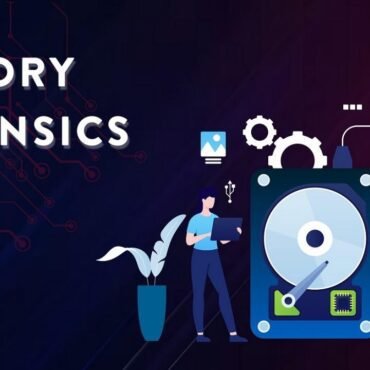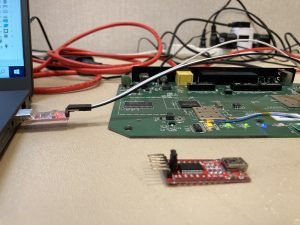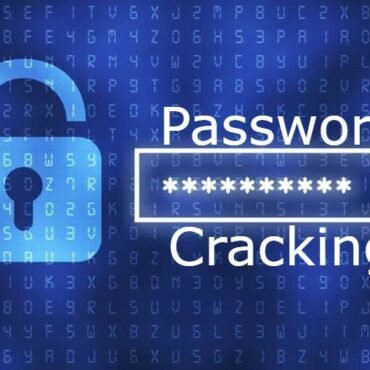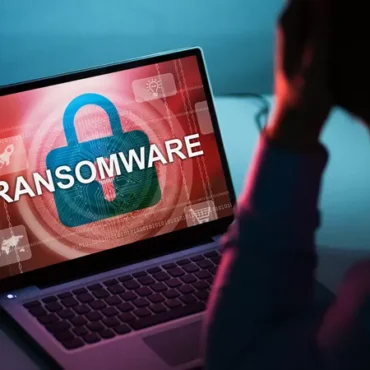Introduction
In today’s data-driven world, digital forensics plays a crucial role in criminal investigations, corporate audits, and cybercrime analysis. But what happens when a device is completely dead, encrypted, or severely damaged? That’s where advanced techniques like JTAG and Chip-Off come into play.
These two methods go beyond software tools, diving deep into the hardware of mobile phones and digital devices to extract data directly from the memory chips. In this blog, we’ll explain what these techniques are, how they work, and when they’re used — all in simple language.
What is JTAG?
JTAG stands for Joint Test Action Group, originally developed for testing and debugging electronic circuits. In digital forensics, it’s used to connect to a device’s logic board and access the memory via test access ports (TAPs) — without needing the device to boot.Key Points:
-
Non-destructive method
-
Accesses live data from the device’s memory
-
Requires knowledge of the device’s PCB layout
-
Ideal for locked or soft-bricked devices
How it Works:
Technicians solder tiny wires to the test points on the device’s motherboard. Once connected, they use a JTAG box and specialized software to extract data like SMS, call logs, contacts, and even encrypted files.
What is Chip-Off?
Chip-Off Forensics is a more invasive method where the memory chip is physically removed from the device’s motherboard and then read using a memory reader.
Key Points:
-
Destructive method (device may not work afterward)
-
Used when the device is physically damaged or JTAG is not possible
-
Bypasses encryption and locks in some cases
-
Requires precision equipment and skill
How it Works:
Technicians desolder the NAND or eMMC memory chip using heat and extract raw data with a specialized chip reader. This raw data is then analyzed and reconstructed to recover information.
JTAG vs. Chip-Off: What’s the Difference?
| Feature |
JTAG |
Chip-Off |
| Type |
Non-destructive |
Destructive |
| Skill Level |
High |
Very High |
| Tools Required |
JTAG Box, Soldering Tools |
Heat Gun, Chip Reader |
| Device Status |
Device must have test points |
Works on fully dead devices |
| Risk |
Lower |
Higher (chip or data loss) |
Why These Methods Matter in Digital Forensics
-
Criminal Cases: Access critical data like location history, messages, or deleted content.
-
Disaster Recovery: Recover data from fire or water-damaged phones.
-
Cybersecurity Audits: Extract evidence from encrypted or locked corporate devices.
-
Law Enforcement: Used in cases involving missing persons, fraud, or terrorism.
These methods are often the last resort when all other software-based recovery fails. That’s why they’re mostly used by forensic experts, law enforcement, and certified data recovery specialists.
Ethical & Legal Considerations
JTAG and Chip-Off methods should only be performed by trained professionals and under legal authorization. Unauthorized tampering can lead to data loss, breach of privacy laws, and legal consequences.
Conclusion
While not as popular or easy as software tools, JTAG and Chip-Off are powerful techniques in digital forensics, especially when dealing with tough cases. These hardware-level methods give experts the ability to unlock secrets even from dead or locked devices — making them true unsung heroes of digital investigations.





Post comments (0)